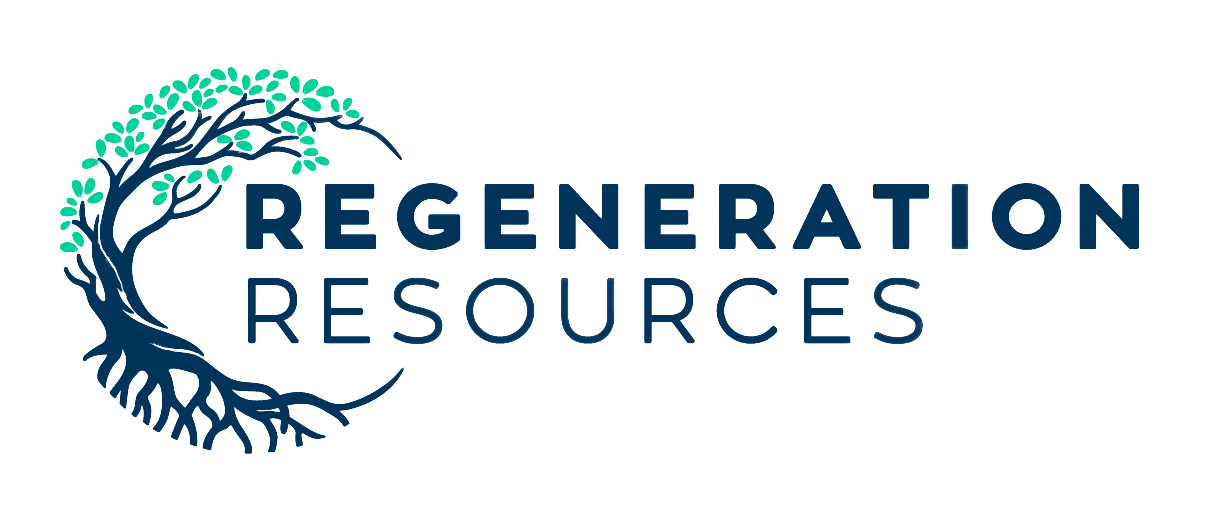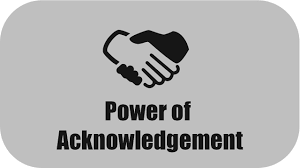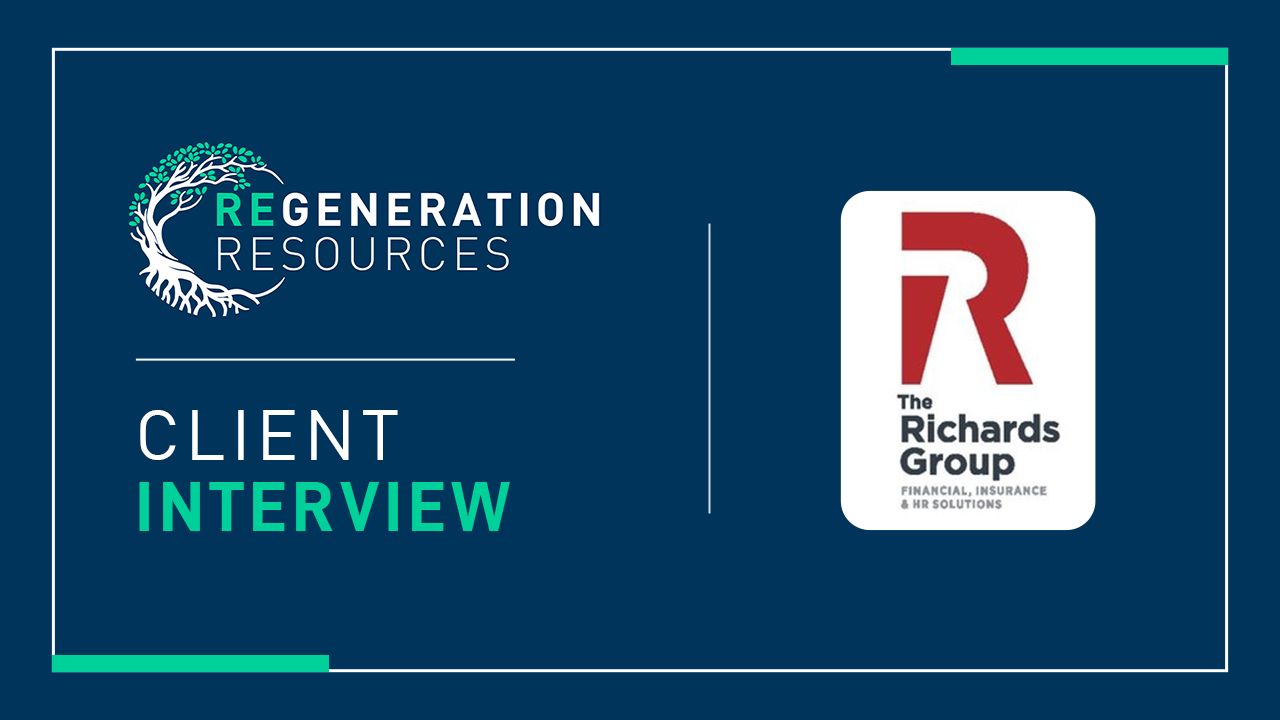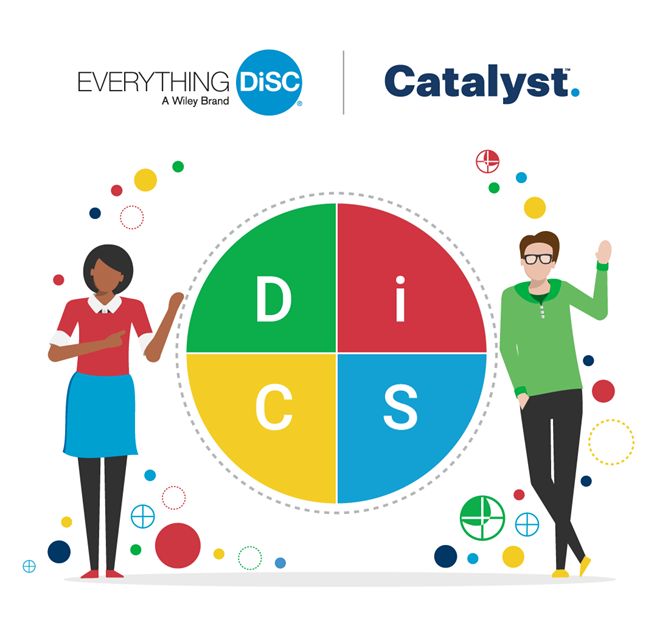6 Enablers of Efficiency
Doing More (Without Less): The Six Enablers of Efficiency

It has become a cliché to say organizations are asking workers to do more with less—which is code for saying they need to work harder. But sometimes, through focusing on six enablers of efficiency, it is possible to work smarter—and do more without working harder. Here is a short explanation of the six enablers of efficiency.
- Workflow design is the series of steps, decisions and handoffs needed to complete a task. Work becomes inefficient when too many different units are involved, too many high-level approvals are needed, steps that don’t add value are included, or processes do not have single owners (in the public sector, where work is more siloed, this is common). These factors, and others, can create bottlenecks that impede a streamlined flow. Occasionally groups discover that whole processes can be eliminated because they are redundant or unnecessary. Looking at workflow requires an investment of time, but there is huge potential to increase efficiency (and morale) by analyzing it. (We have other blogs that discuss workflow design in more depth.)
- IT looks at ways to automate work. If a process can become paperless, it is usually going to be more efficient. Some of my board development clients keep track of donations in manila folders. They will all save time (and increase donations) by tracking fund-raising on a platform designed to do so.
- Human Resources looks at the knowledge, skills and training workers need to do their jobs well. In the example above, if the person tracking donations does not have training in the new tracking system, the person will not be working efficiently.
- “Motivation and Measure” is an enabler refers to what is rewarded and what is tracked. I have worked in a few call centers that tracked and rewarded workers for shorter call times. That keeps calls short, but also sometimes leads to callers’ frustration when calls are cut short without giving a caller enough information to resolve the issue. Measuring caller satisfaction as well as call time can usually solve this problem.
- Policies and Rules refer to what is allowed or required to conduct a process. A public sector client once told me that downloading free software in that state would take eight months and require 12 to 15 approvals. A few checks and balances make sense, but too many rules kill efficiency and innovation.
- The facilities enabler addresses the physical layout as well as lighting and equipment. I once worked for an organization that had 20,000 files client files in the basement. As the number of files grew, the organization no longer could keep them in A-to-Z order. It took a new person 20 to 30 minutes to find any new file. (Eventually, they went paperless.)
If you want a happier workforce that feels they’re producing meaningful work, have them work smarter, not harder, by incorporating the six enablers of efficiency.
See other posts on Improving Efficiency
Every few months I produce a free newsletter. No Spam. Unsubscribe anytime.
For a taste, view the archives
SUBSCRIBE
Thank you for contacting us. We promise not to Spam you and we'll get back to you as soon as possible.
Please try again later.
Blogs and vlogs are sorted by topic at the bottom of each service page
STRATEGIC PLANNING
CHANGE MANAGEMENT
CONFLICT MANAGEMENT
TEAM BUILDING
ASSESSMENTS
EXECUTIVE COACHING
IMPROVING EFFICIENCY
BOARD DEVELOPMENT
See the world as you want it to be and learn how to make it that way.
802-251-0048
Brattleboro, VT 05301
QUICK LINKS
SERVICES
SUBSCRIBE
Thank you for contacting us. We promise not to Spam you and we'll get back to you as soon as possible.
Please try again later.




